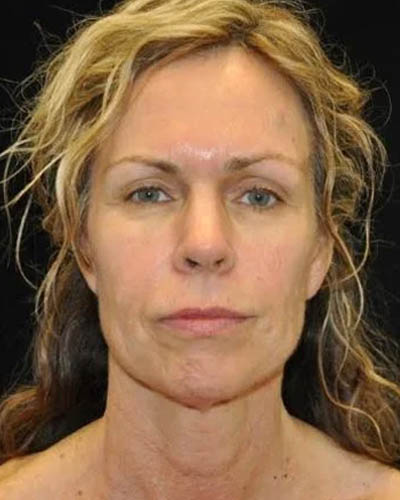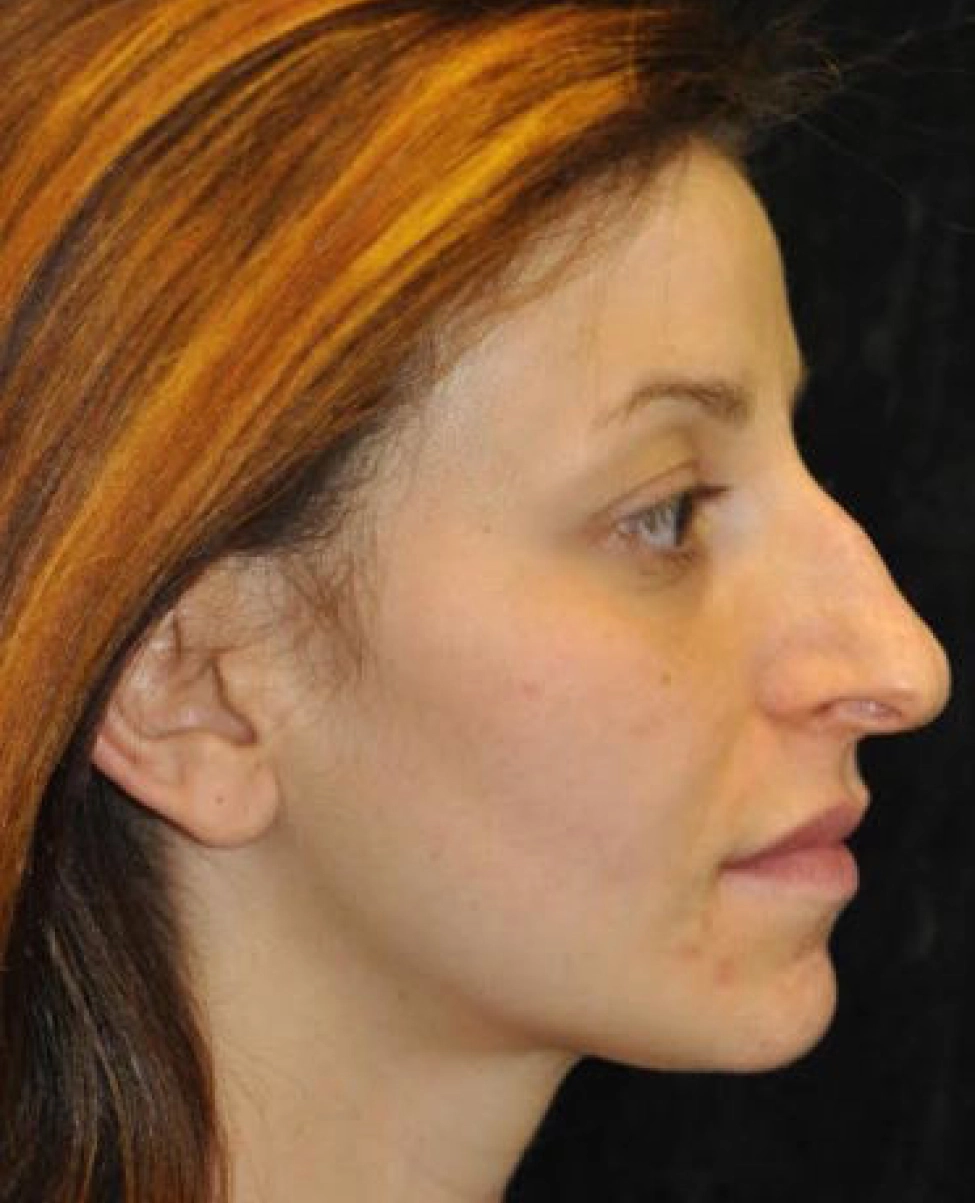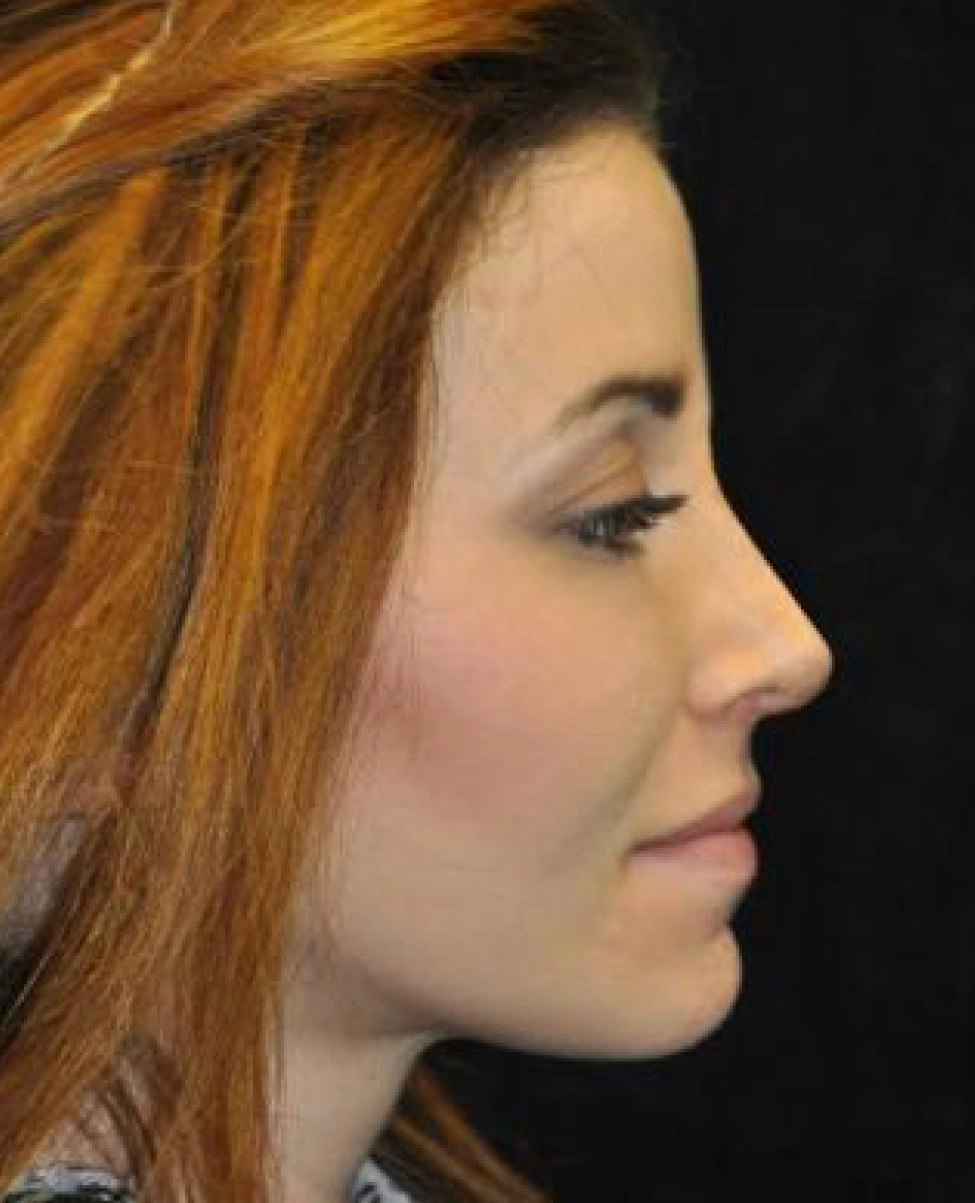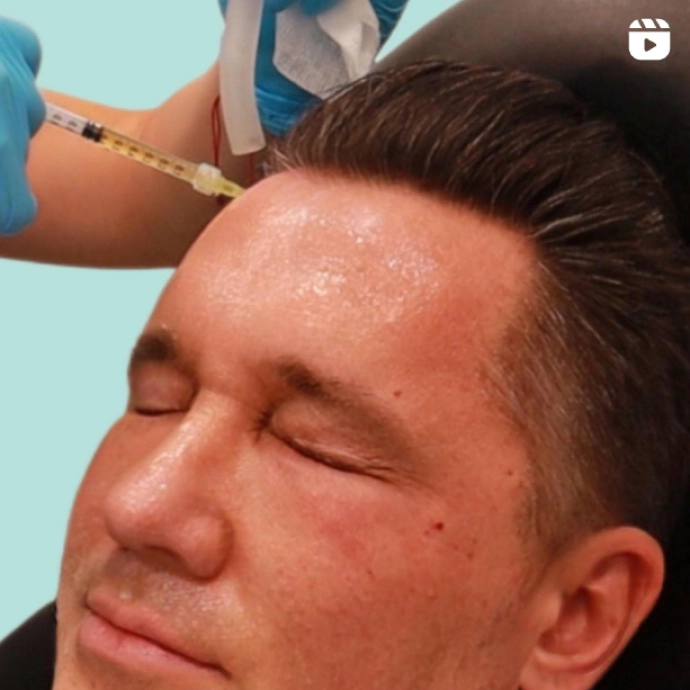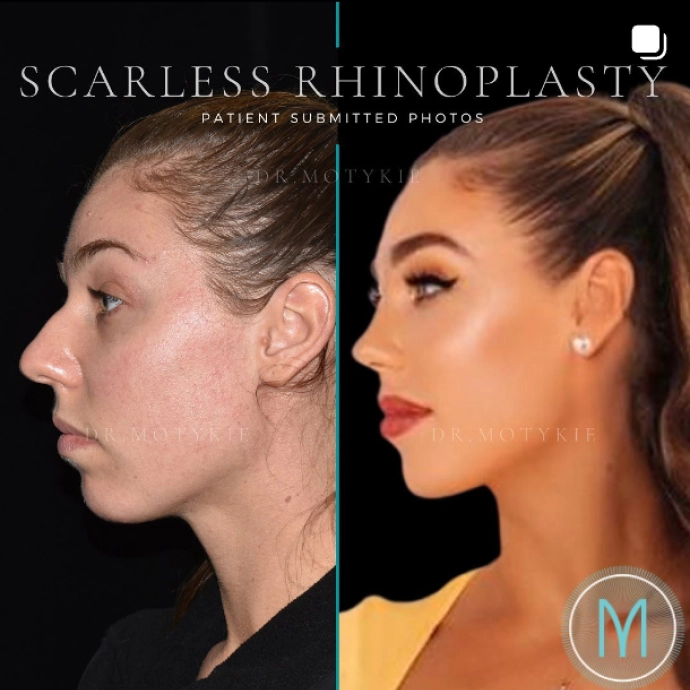- Face
- Breast
- Body
- Injectables
- Skin
- Celluma Led Light Therapy
- Chemical Peels
- Hydrafacial
- IPL Photofacial
- Laser Hair Removal
- Laser Skin Resurfacing (Laser Genesis)
- Medical Grade Facials
- Morpheus8
- Microneedling
- PRFM / PRP (EZ Gel)
- RF BTL Exilis
- Spider Veins & Vascular Leisons+ (ExcelV)
- Sun & Brown Spot Removal
- Stem Cell Facelift
- Thread Lifts
- Anti-Aging
- Hair
- About
- Locations
- Gallery
- Resources
- Consultation
 A facelift, also known as a rhytidectomy, is a popular cosmetic procedure designed to reduce the visible signs of aging in the face and neck. With advances in surgical techniques and a growing desire to maintain a youthful appearance, more individuals are considering this option. However, a common question that arises is: when is the right age to have a facelift? While there isn’t a one-size-fits-all answer, this blog post aims to explore the various factors that can help determine the optimal timing for this transformative procedure. Board-certified plastic surgeon Dr. Gary Motykie performs facelift for patients in Beverly Hills, West Hollywood, Los Angeles, and surrounding locations.
A facelift, also known as a rhytidectomy, is a popular cosmetic procedure designed to reduce the visible signs of aging in the face and neck. With advances in surgical techniques and a growing desire to maintain a youthful appearance, more individuals are considering this option. However, a common question that arises is: when is the right age to have a facelift? While there isn’t a one-size-fits-all answer, this blog post aims to explore the various factors that can help determine the optimal timing for this transformative procedure. Board-certified plastic surgeon Dr. Gary Motykie performs facelift for patients in Beverly Hills, West Hollywood, Los Angeles, and surrounding locations.
Understanding the Facelift Procedure and Its Benefits
A facelift, or rhytidectomy, has significantly advanced over the years, offering more natural and long-lasting results. The procedure involves tightening the facial skin, removing excess fat, and repositioning underlying tissues to rejuvenate the appearance. Beyond just enhancing aesthetics, a facelift can boost self-confidence and improve overall quality of life.
Facelifts are particularly effective in addressing issues like sagging skin, deep facial creases, and jowls. Modern techniques often extend to the neck area, providing a more comprehensive youthful transformation. This dual focus on both face and neck can yield balanced and harmonious results.
An important aspect to consider is that while a facelift addresses significant signs of aging, it doesn’t stop the aging process itself. Therefore, maintenance through skincare routines and possibly other cosmetic procedures may be necessary to prolong the benefits.
Additionally, the advancements in facelift techniques now allow for more personalized procedures. Surgeons can tailor the approach to meet the unique needs of each patient, whether that involves a full facelift, a mini-facelift, or combining the facelift with other procedures like eyelid surgery or brow lifts. This customization leads to more satisfying and natural outcomes, aligning with each individual’s aesthetic goals.
Recovery times have also improved with these advancements, making the procedure more accessible. Most patients can expect to return to normal activities within a few weeks, with swelling and bruising gradually subsiding to reveal the final results.
In summary, facelifts offer a powerful way to combat the signs of aging, providing both aesthetic and emotional benefits that can positively impact one’s quality of life.
The Ideal Age Range for Facelifts: Is There a Magic Number?
Determining the ideal age for a facelift varies greatly depending on individual factors such as genetics, lifestyle, and skin condition. Traditionally, most people considered facelifts in their 50s or 60s, when signs of aging like sagging skin and deep wrinkles become more pronounced. However, in recent years, there’s been a noticeable trend of individuals seeking facelifts in their 40s or even late 30s.
The rationale behind opting for a facelift at a younger age often revolves around preventive measures. By addressing early signs of aging, patients can achieve more subtle, natural-looking results. This early intervention can potentially extend the longevity of the procedure’s benefits, maintaining a youthful appearance over time. On the flip side, waiting until later years can yield more dramatic transformations, although it might necessitate additional procedures to achieve comprehensive results.
It’s crucial to understand that age is not the sole determining factor. Each individual’s unique skin quality, health status, and personal aging process play significant roles. For example, someone with excellent skin elasticity and minimal sun damage might experience outstanding results from a facelift in their late 40s, while another person with different circumstances might benefit more from waiting a few more years.
Understanding these nuances helps in making an informed decision about the timing of a facelift. It underscores the importance of a personalized approach, tailored to each individual’s specific needs and conditions, rather than adhering strictly to a certain age range.
Factors to Consider Beyond Age When Deciding on a Facelift
When contemplating a facelift, it’s important to look beyond just age. Skin elasticity is a key factor; those with more elastic skin generally achieve better results since their skin can adapt more effectively to structural changes. Overall health also plays a crucial role. Conditions such as high blood pressure, diabetes, or a history of smoking can influence both the safety and outcome of the procedure, making a thorough health assessment essential.
Having realistic expectations is another vital aspect. Understanding what a facelift can and cannot achieve helps ensure satisfaction with the final results. While a facelift can provide significant improvements, it’s not a magic solution for every aging concern.
Lifestyle choices significantly impact the longevity and success of a facelift. Sun exposure, diet, and stress levels all affect skin health and can influence how long the results last. A commitment to a healthy lifestyle, including proper skincare, a balanced diet, and sun protection, can enhance and prolong the benefits of a facelift.
Lastly, psychological readiness is often overlooked but equally important. Undergoing a facelift is a significant decision that requires emotional preparedness. Feeling mentally ready and having a positive outlook can greatly contribute to a smooth recovery and overall satisfaction with the procedure.
In summary, while age is an important consideration, factors such as skin elasticity, overall health, realistic expectations, lifestyle, and psychological readiness are equally critical in making an informed decision about a facelift. Consulting with a qualified plastic surgeon can help assess these factors and guide you toward the best course of action.
The Impact of Younger Versus Older Age on Facelift Results
Younger patients often have more elastic skin and better overall health, which can contribute to a quicker recovery and more subtle results. By undergoing a facelift at a younger age, the procedure can serve as a preventative measure, maintaining a youthful appearance with less dramatic changes. This early intervention can also extend the longevity of the results, as the skin’s natural elasticity helps it adapt more effectively to the structural adjustments made during the procedure.
For older patients, a facelift can yield more noticeable transformations due to the advanced signs of aging such as deeper wrinkles and more significant skin sagging. While the recovery process might be lengthier and the reduced skin elasticity could affect the durability of the results, the improvement in appearance and confidence is often substantial. These patients may also require additional procedures, like eyelid surgery or brow lifts, to achieve comprehensive rejuvenation.
It’s essential for both younger and older patients to have realistic expectations about what a facelift can achieve. Younger individuals can enjoy subtle, natural-looking enhancements that prevent further aging signs, while older individuals can benefit from more dramatic improvements that restore their youthful appearance. Each age group brings unique advantages and challenges to the facelift process, highlighting the importance of a personalized approach tailored to individual needs and conditions. Consulting with a qualified plastic surgeon can help determine the best timing and approach for the procedure.
Alternatives to Facelifts for Younger Patients
For those considering options other than a facelift, several non-surgical treatments can effectively enhance a youthful appearance. Injectables like Botox and dermal fillers are popular choices. Botox can temporarily reduce the appearance of fine lines and wrinkles by relaxing facial muscles, while dermal fillers restore lost volume and smooth out deeper wrinkles.
Laser treatments are another option, offering improvements in skin texture and tone. Procedures like laser resurfacing remove damaged outer layers of skin and stimulate collagen production, resulting in a fresher, more youthful complexion.
Ultrasound therapy, such as Ultherapy, utilizes ultrasound technology to tighten and lift the skin. This non-invasive treatment works by stimulating the body’s natural collagen production, providing a subtle lifting effect over time.
Thread lifts are also worth considering. This minimally invasive procedure involves the placement of temporary sutures to lift and tighten the skin. While not as dramatic as a traditional facelift, thread lifts can offer noticeable improvements for those seeking more subtle enhancements.
These alternatives provide a range of options for younger patients looking to maintain their youthful appearance without the need for surgery. By targeting early signs of aging, these treatments can help preserve a fresh, vibrant look with minimal downtime and risk.
Consulting with a Board-Certified Plastic Surgeon
Deciding to undergo a facelift is a significant choice that warrants thorough consideration and professional guidance. Consulting with a board-certified plastic surgeon is a critical step in this process. These experienced professionals are equipped to evaluate your unique facial structure, skin condition, and overall health, providing a personalized assessment of whether a facelift is right for you.
During the consultation, the surgeon will take a comprehensive medical history to understand any underlying conditions that may affect the procedure. They will also discuss your aesthetic goals, ensuring that your expectations align with what a facelift can realistically achieve. This discussion will include an explanation of the various facelift techniques available and how each can address specific aging concerns.
A key component of the consultation is understanding the potential risks and complications associated with the procedure. The surgeon will outline these, along with the steps you can take to mitigate them, ensuring you have a clear picture of what to expect.
Additionally, the surgeon will provide a detailed overview of the recovery process, including post-operative care and timelines for returning to normal activities. This information is crucial for planning and ensuring a smooth recovery. Establishing a relationship with a qualified plastic surgeon helps you make an informed decision, ultimately leading to a satisfying and successful facelift experience.
Contact Beverly Hills Board Certified Plastic Surgeon Dr. Gary Motykie to Schedule a Consultation
Click Here for Virtual Consultation
Click Here to Schedule a In Office Consultation
To see more services and treatments provided by Board Certified Plastic Surgeon, Dr. Motykie in Beverly Hills | Los Angeles | West Hollywood, CA and his team please visit:


